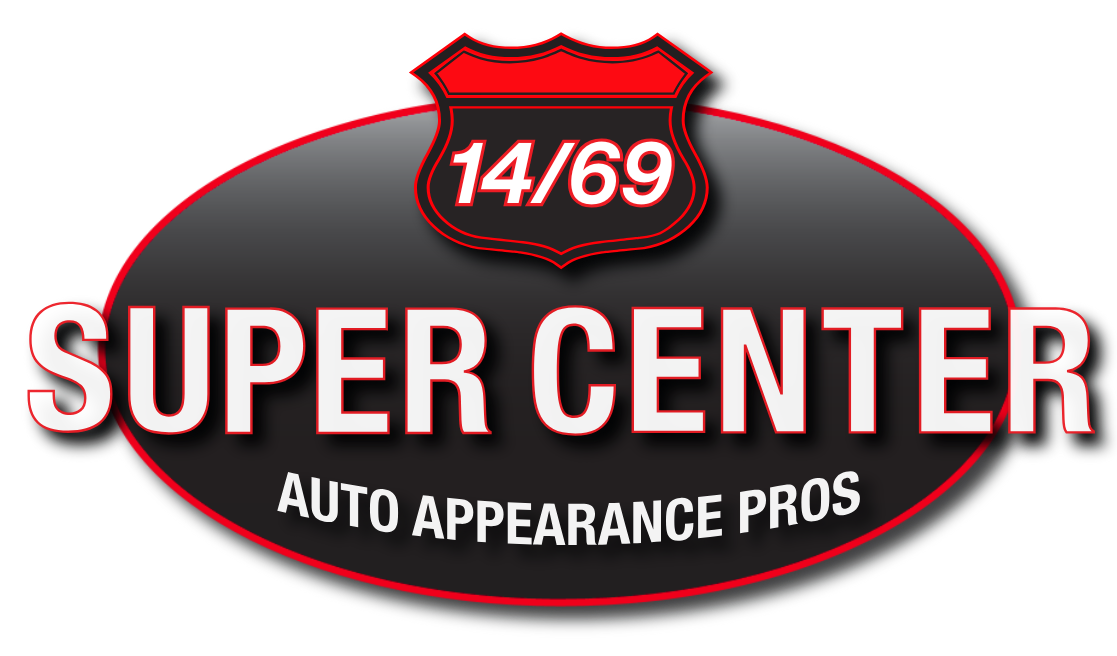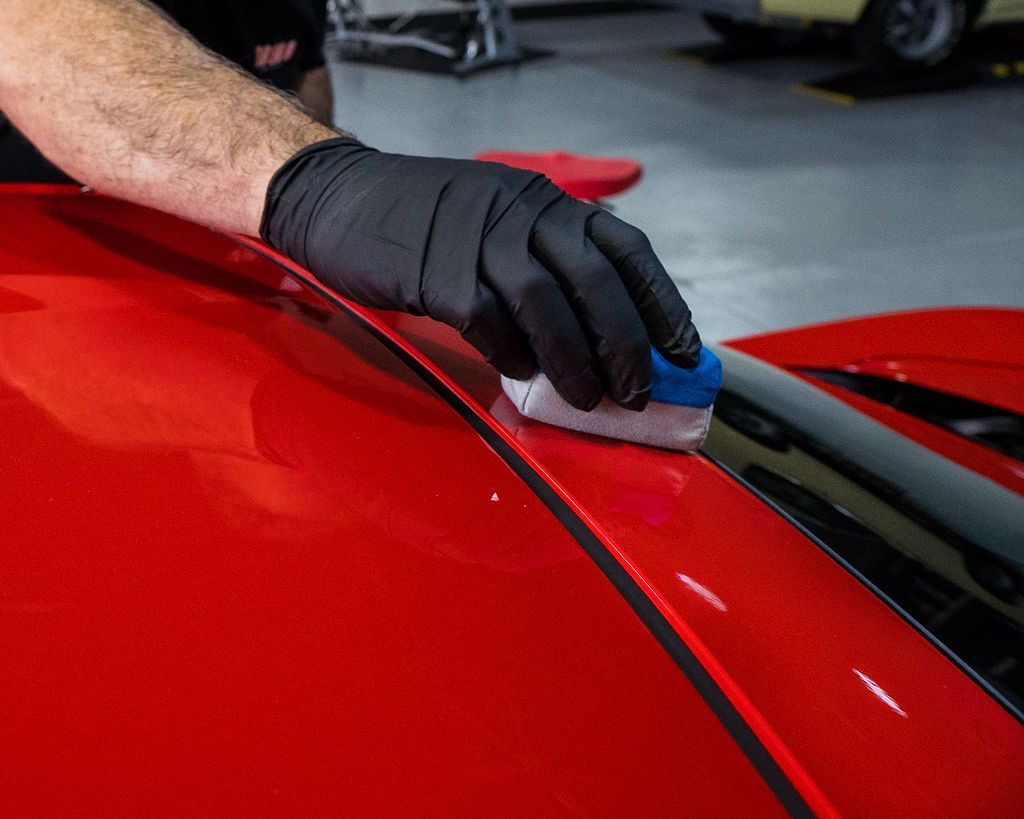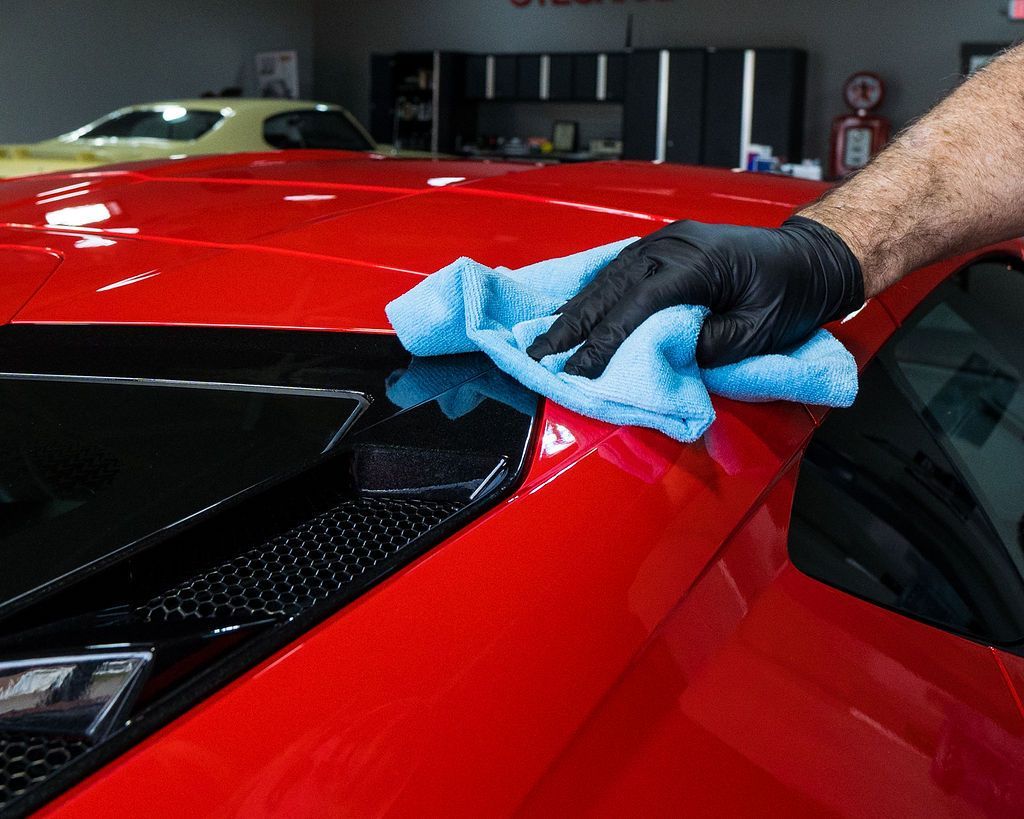Ceramic Coating vs. Wax: Comparing Longevity and Protection for Your Car
CALL (260) 436-9274
When it comes to keeping your car's paint looking sharp and protected, the battle between ceramic coatings and wax is a hot topic among car owners. You might find yourself wondering: which option truly delivers the best protection? Understanding the differences can feel overwhelming, but fear not! This article will help break down the pros and cons of each choice, focusing on how long they last, the level of protection they provide, and what maintenance is required. By the end, you’ll have a clearer picture of which option suits both your lifestyle and your vehicle’s needs. So, let’s dive in!
Ceramic coatings typically last between 2 to 4 years when applied correctly, making them significantly more durable than traditional waxes, which usually need reapplication every few weeks. Therefore, if longevity is your primary concern for vehicle paint protection, ceramic coatings are the superior choice.
Comparing Ceramic Coating and Wax
When it comes to protecting your car's paint, both ceramic coatings and wax have their unique advantages. Starting with longevity, ceramic coatings can last anywhere from 2 to 4 years, sometimes even longer with proper maintenance. This resilience is a game changer for those who desire long-term protection without the hassle of frequent applications. Traditional carnauba wax, in contrast, typically lasts just a few weeks, necessitating regular touch-ups every month or so. While wax may provide immediate satisfaction with its luscious glossy look, it lacks the enduring defense offered by contemporary ceramic coatings.
It's important to explore the protective qualities each method provides. Ceramic coatings shine in their ability to resist chemicals and UV rays effectively. They protect against harsh environmental factors like tree sap, bird droppings, and road salts that could damage your paint over time. This robust shield minimizes the risk of scratches and staining while creating an incredibly smooth surface that repels dirt and water due to its hydrophobic properties. Water beads off effortlessly, reducing the likelihood of unsightly water spots that often plague freshly waxed cars. On the other hand, while carnauba wax offers moderate protection against UV rays and contaminants, it simply cannot compete with the level of defense provided by ceramic coatings. Many enthusiasts appreciate the deep gloss that carnauba wax imparts, which resembles a rich, candy-like finish.
Let's not forget about the application process itself—this is crucial for anyone considering either option. Applying a ceramic coating is quite a meticulous endeavor that requires surface preparation. Unlike waxing, which can be a simple hand-application task, ceramic coatings involve several steps: first, polish your car's surface to remove imperfections before applying the coating itself. This process takes time and precision; it's recommended to leave it to professionals who understand how to layer correctly for optimal results. In contrast, waxing is relatively straightforward—you simply apply it by hand or machine without lengthy prep work involved or extended curing times.
In essence, if you're looking for ease and pleasure in application, you may find waxing both therapeutic and enjoyable as you watch your vehicle's finish transform within moments. Lastly, we should touch upon maintenance requirements for both options since they can significantly impact your decision. For those choosing ceramic coatings, maintenance needs are less frequent—typically requiring regular hand washing using gentle methods to preserve their integrity—and occasional applications of specialized sealants every six to eight months can maintain optimal performance. Conversely, with waxes and polymer sealants, you’ll need to invest more time on a consistent basis, ensuring their efficacy with reapplications roughly every month for ideal protection. The choice between these two ultimately comes down to personal preferences: whether you prioritize long-lasting durability or enjoy taking time for hands-on detailing sessions whenever weather permits.
Understanding these elements will further clarify how these methods differ before we examine their distinctive application techniques and characteristics.
Application Methods and Differences
When it comes to applying ceramic coatings and wax, the methods differ significantly and have a direct impact on the overall effectiveness and durability of the protection they provide. A ceramic coating application requires a meticulous, multi-step approach that ensures a long-lasting bond with your vehicle's paint.
To start, it's essential that the surface is prepared properly. This means giving your car a detailed wash to remove dirt and grime, then employing a decontamination process that might include using clay bars or chemical cleaners to eliminate any embedded contaminants. Once the surface is clean, polishing comes into play; this step removes any imperfections that could interfere with proper adhesion.
Ceramic Coating Application
The actual application of the ceramic coating is where precision is key. You'll want to work in small sections, applying the coating with an applicator pad and following the manufacturer's specific guidelines for curing time. Each coat requires attention; too thick of an application can lead to uneven results.
Once you've allowed the coating to cure, which can take several hours up to days depending on the product’s specifications, it's time to buff off any excess residue using a soft microfiber cloth, achieving that signature glossy finish that ceramic coatings are known for. Bear in mind, this process can consume a good amount of time and may warrant professional assistance to avoid potential mishaps like uneven application or poor curing conditions. However, investing this time results in a surface that boasts heightened resistance against environmental stressors over an extended period, lasting anywhere from 2 to 5 years.
Wax Application
On the other hand, waxing your car offers a simpler alternative. The first step involves washing and drying the vehicle thoroughly—this prepares the canvas for a new layer of shine. With wax application, you'll spread a thin layer across your car using an applicator pad in smooth circular motions. It’s considerably easier than ceramic coatings since it doesn’t require extensive curing times or preparation processes.
After allowing the wax to haze over—a sign that it’s ready to be buffed—you’ll need to go back in with a clean microfiber cloth for buffing off any remaining product. This quick method does indeed give off an impressive shine but remember: waxing isn't meant for longevity. While it can enhance your vehicle's appearance temporarily, reapplications are necessary every month or so to maintain that gloss and protective shield. Having examined these different applications and their requirements, we now turn our focus toward understanding how they compare in terms of endurance and resistance against daily elements.
Durability and Longevity Insights
When it comes to protecting your car, longevity is a significant factor. It’s not just about keeping your vehicle looking good for a brief period; it’s about ensuring that the protection lasts through harsh weather, road grime, and everyday wear and tear. Ceramic coatings typically offer significant longevity, often lasting 2 to 4 years with some high-end products extending that promise up to 7 years. In contrast, traditional wax can manage only 1 to 3 months at best. This stark difference highlights why many car owners are increasingly leaning towards ceramic coatings.
However, it's essential to understand that these claims of extended longevity can sometimes be exaggerated. Real-world conditions play a critical role in determining how long either treatment will genuinely last. Manufacturers boast incredible durability figures, yet factors like environmental exposure, wash methods, and driving habits can significantly impact performance over time. Many ceramic coatings are vulnerable to wear and tear from harsh conditions or frequent washing. Regular maintenance—although less demanding with ceramics—still plays a crucial role in ensuring its effectiveness throughout its expected lifespan.
A common misconception is that once you've applied ceramic coating, you're done! Reality speaks otherwise—the surface still needs attention. While you may not have to wax every month, a regular inspection for any signs of wear or damage (like swirl marks) is essential for maintaining its protective qualities. Furthermore, it’s imperative to understand that ceramic coatings can be applied on various surfaces of your vehicle—including plastic trims and glass components—but their effectiveness may diminish due to environmental factors such as wiper blades degrading their integrity on windshields in less than six months.
All of this means that while ceramic coatings may claim impressive longevity, they require informed upkeep decisions for optimal results—blending both wear awareness and maintenance practices deeply ingrained in auto-care culture. With all these insights into durability and maintenance considerations, we can now shift our focus to the protective benefits and resistance features offered by these treatments.
Protective Benefits and Resistance
When it comes to protection, ceramic coatings generally outperform wax. Their advanced chemistry allows for superior resistance to challenging environmental elements. For instance, they provide high levels of resistance to UV rays, harmful chemicals, and even the messiest of adversities like bird droppings.
Wax Limitations
In contrast, while carnauba wax is often lauded for delivering a beautifully glossy finish akin to 'candy paint', it falls short in overall protective capabilities. It's true that people love the aesthetic appeal of wax; however, its durability is limited. Despite being praised for providing some water-spot resistance, wax simply can't match the chemical resilience offered by ceramic coatings. Frequent exposure to harmful substances can degrade that polished appearance, leading many to continually reapply wax, which means an investment of both time and effort is necessary.
Furthermore, while wax can temporarily fill minor swirls and light scratches—a quick fix for maintaining visual appeal—ceramic coatings deliver a harder protective layer that serves as a robust barrier between your car’s paint and the outside world. This hardness provides another dimension of protection, effectively safeguarding the paint against chips and scratches. The way that ceramic coatings bond with the surface creates a long-lasting shield, enhancing your car’s longevity not only from scratches but also from environmental degradation over time. You can think of it as adding an impenetrable barrier that lifestyle hazards and nature can't breach.
Aesthetic Enhancements
Beyond protection, car enthusiasts often seek that eye-catching gloss and finish, which is where both coatings and wax play their part. Ceramic coatings offer solid shine but may lack the depth that traditional wax brings forth—something many in the car care community appreciate. This duality adds another layer to the decision-making process when considering which method suits you best: Do you desire a long-lasting fortress leaving no indication of wear? Or do you want regular maintenance with periodic rewards of nostalgia-filled car care rituals? As we dive deeper into these considerations, it's essential to explore how each option enhances the visual appeal and finish of your vehicle.
Visual Impact: Gloss and Finish
The way your car looks often plays a pivotal role in why you choose detailing options like wax or ceramic coatings. Each product offers its unique aesthetics, enhancing the appearance of your vehicle in distinct ways.
For instance, carnauba wax is cherished for its rich, warm glow—think classic candy paint that shimmers in the sunlight. A product like P21S Carnauba Wax demonstrates this quality perfectly, creating an eye-catching finish that can make any car feel special. However, while this option provides immediate satisfaction with its vibrant look, it typically requires frequent reapplication to maintain that fresh shine.
In contrast, ceramic coatings present a different kind of visual charm. They create a sleek, glass-like finish that doesn't just shine; it enhances the depth and clarity of your car's paint. Not only does it resist dirt and grime better than wax, but it also retains that glossy appearance for much longer. This durability translates to less frequent touch-ups, making it appealing for those who desire a sustained look without constant upkeep.
If you’re drawn to that “just waxed” effect, traditional wax might satisfy your craving for regular application and instant gratification. But keep in mind the flip side—ceramic coatings excel at delivering a consistently high-gloss finish that isn't reliant on regular reapplications. It becomes an essential consideration if you appreciate a polished appearance all year round without the fuss of wax renewal every few weeks. While both options enhance your vehicle's aesthetics, the long-term allure of ceramic coatings emerges as they balance beauty and longevity. With visual considerations aside, it's crucial to address ongoing maintenance needs and associated costs when deciding between these two popular paint protection strategies.
Maintenance Needs and Cost Analysis
The journey of keeping your car looking pristine begins with understanding the maintenance requirements associated with each option. Ceramic coatings, while requiring less frequent maintenance compared to traditional wax, still demand meticulous attention. For example, even though a ceramic coating can last 3-7 years, it isn’t completely maintenance-free.
Regular handwashing is crucial. Ideally, you should rinse your vehicle every two weeks to prevent dust, dirt, and other contaminants from bonding to the surface. This helps maintain that coveted shine and ensures that the hydrophobic properties remain effective. As for costs, let's break it down: ceramic coatings typically incur annual maintenance costs estimated between $150 and $200, as you'll want to apply sealants every 6-8 months to keep everything in top condition.
On the flip side, maintaining wax might seem more budget-friendly at around $120 annually, but this entails monthly applications due to its shorter lifespan. That's not all; while wax can be quicker to apply initially, keep in mind that it demands continuous attention. Think of it like watering a plant: if you neglect it, it eventually wilts. Wax helps your paint look good temporarily but requires consistent effort to maintain that appearance over time.
Moving into specifics, it's essential to note that ceramic coatings are labor-intensive during maintenance—even though it's less frequent than waxing. When those rare occasions arise—let's say after about six months—you’ll need to deep clean the surface before reapplication. This might involve clay barring or polishing, which takes significantly longer than simply applying some fresh wax. If you're weighing this decision carefully, consider your lifestyle and preferences. Do you have the time and willingness to invest in the periodic maintenance promised by ceramic coatings? Or do recurring trips to the car wash for a quick wax job sound more appealing for your busy schedule?
By considering these various factors, you're better equipped to assess whether ceramic coating or wax aligns more closely with your desires for convenience, appearance, and overall care of your vehicle. In the end, making an informed choice between ceramic coating and wax paves the way for a more satisfying experience in preserving your car's beauty and longevity. Whether opting for long-lasting protection or easier upkeep reflects your unique driving lifestyle.
High-Quality Ceramic Coating in Fort Wayne, IN
At 14/69 Super Center, we offer premium ceramic coating services in Fort Wayne, IN, designed to provide your vehicle with a durable shield against contaminants, water, and UV damage. Our professional-grade coatings make cleaning easier, keep your car’s paint looking glossy, and enhance its overall longevity. Protect your investment and maintain that fresh, new-car shine with our expert ceramic coating services. Schedule your appointment today and experience the benefits of long-lasting protection for your vehicle.
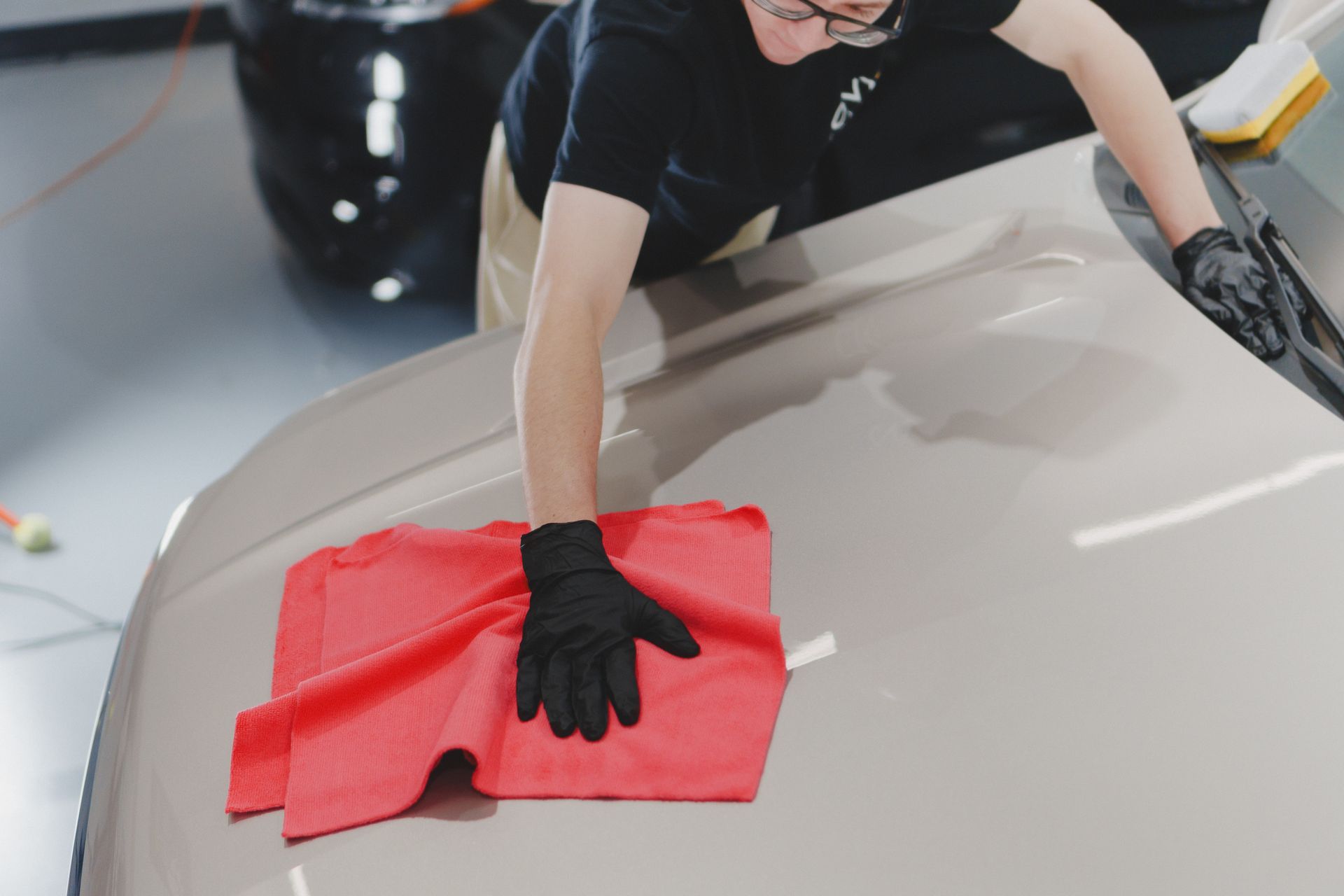
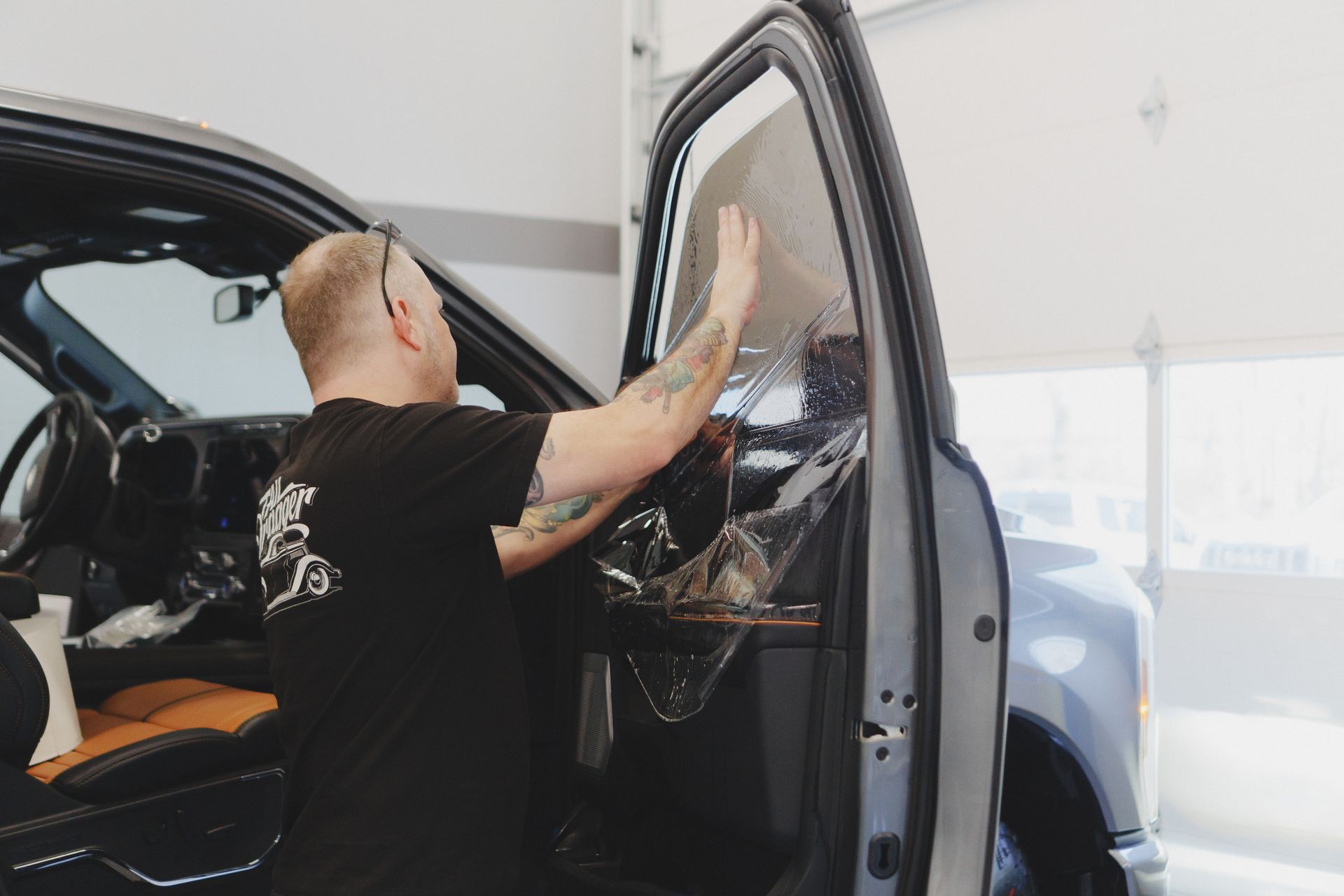
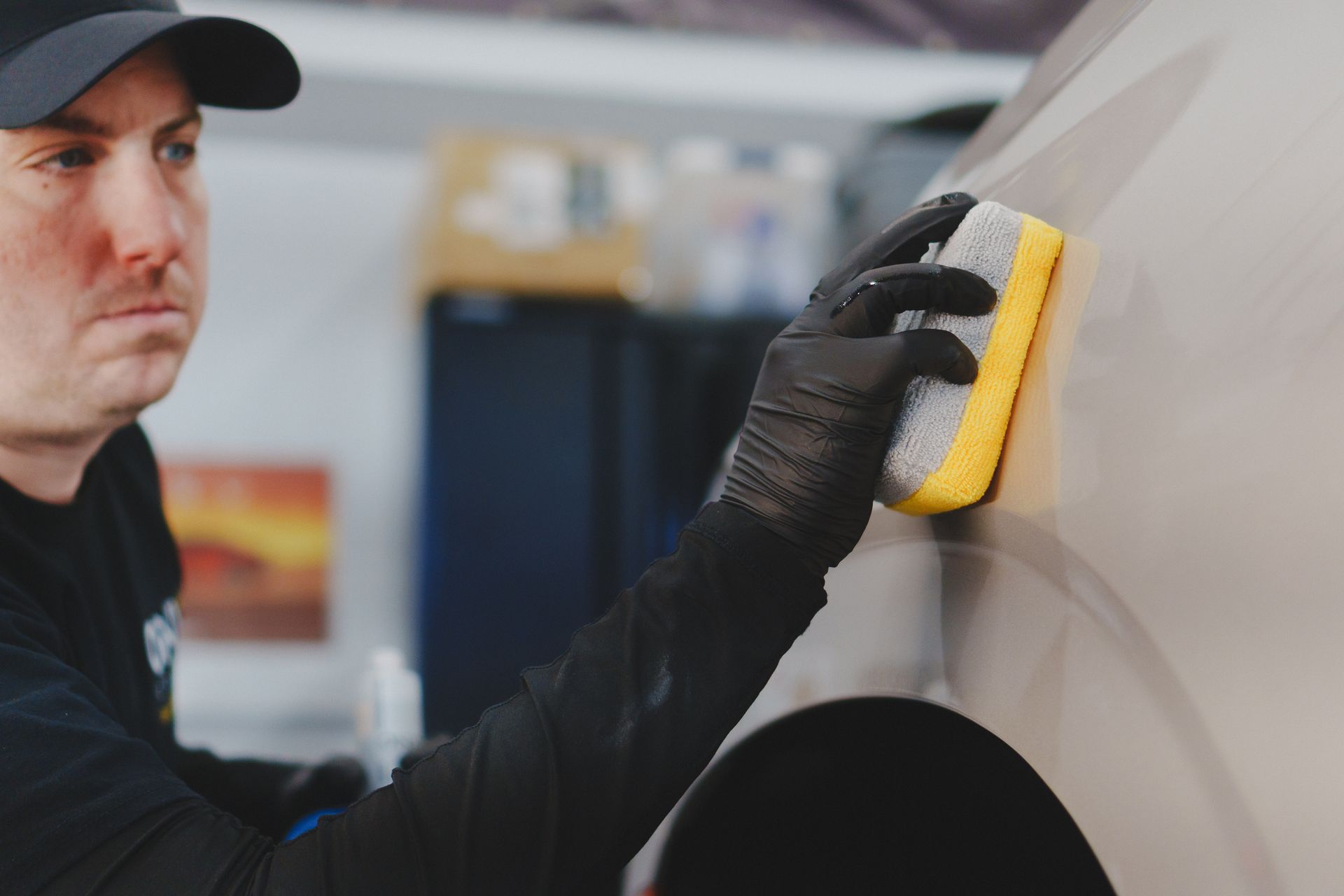
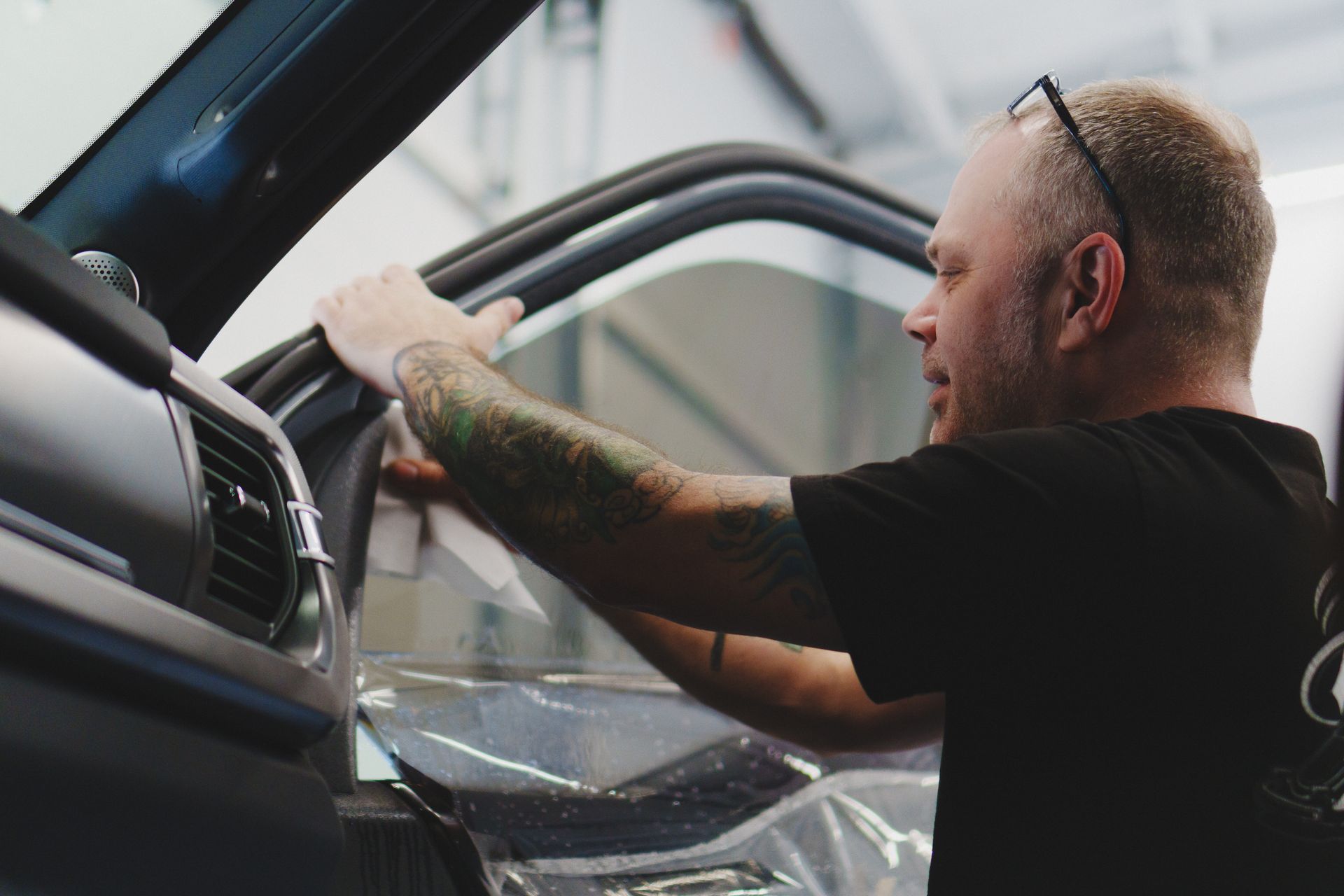

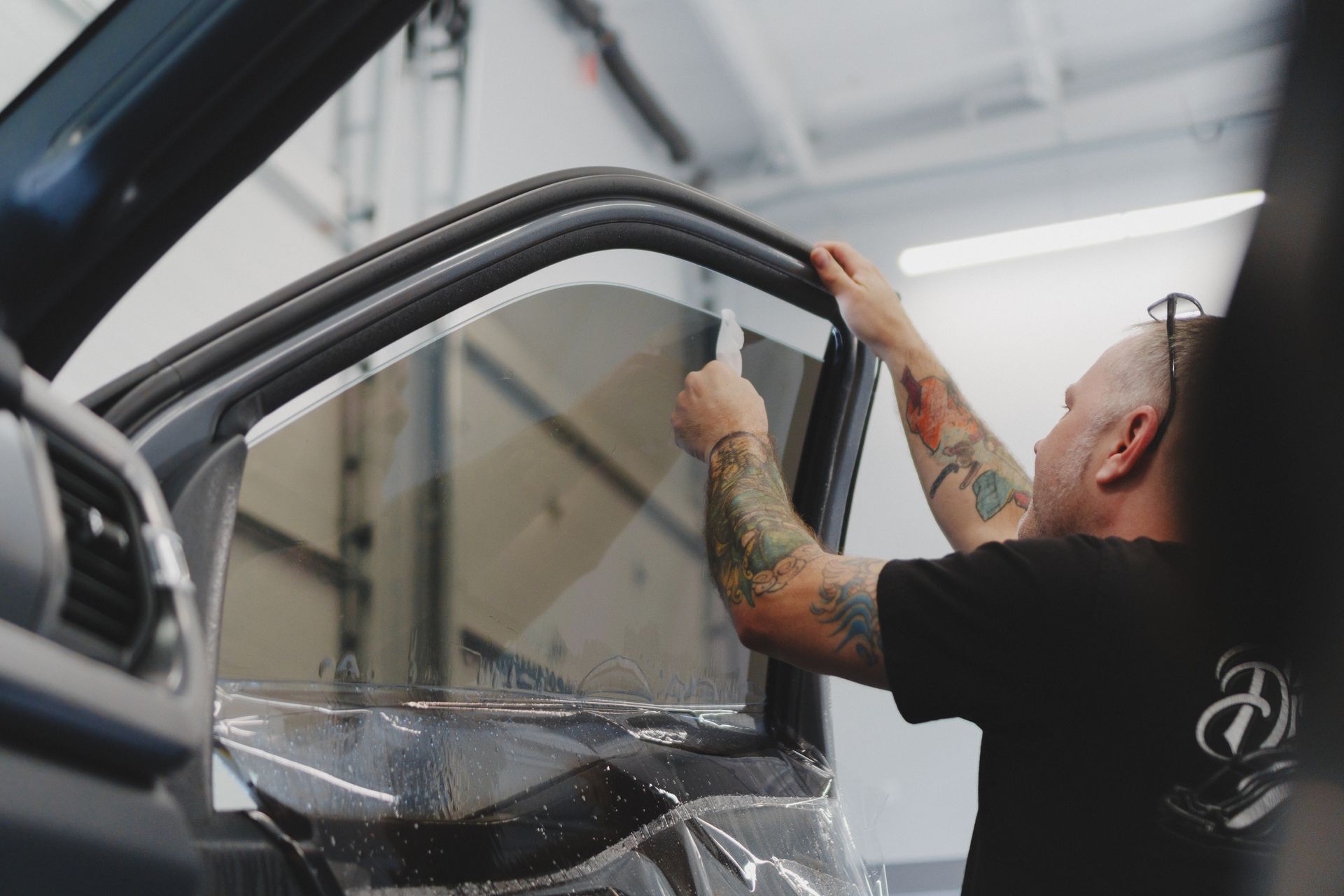
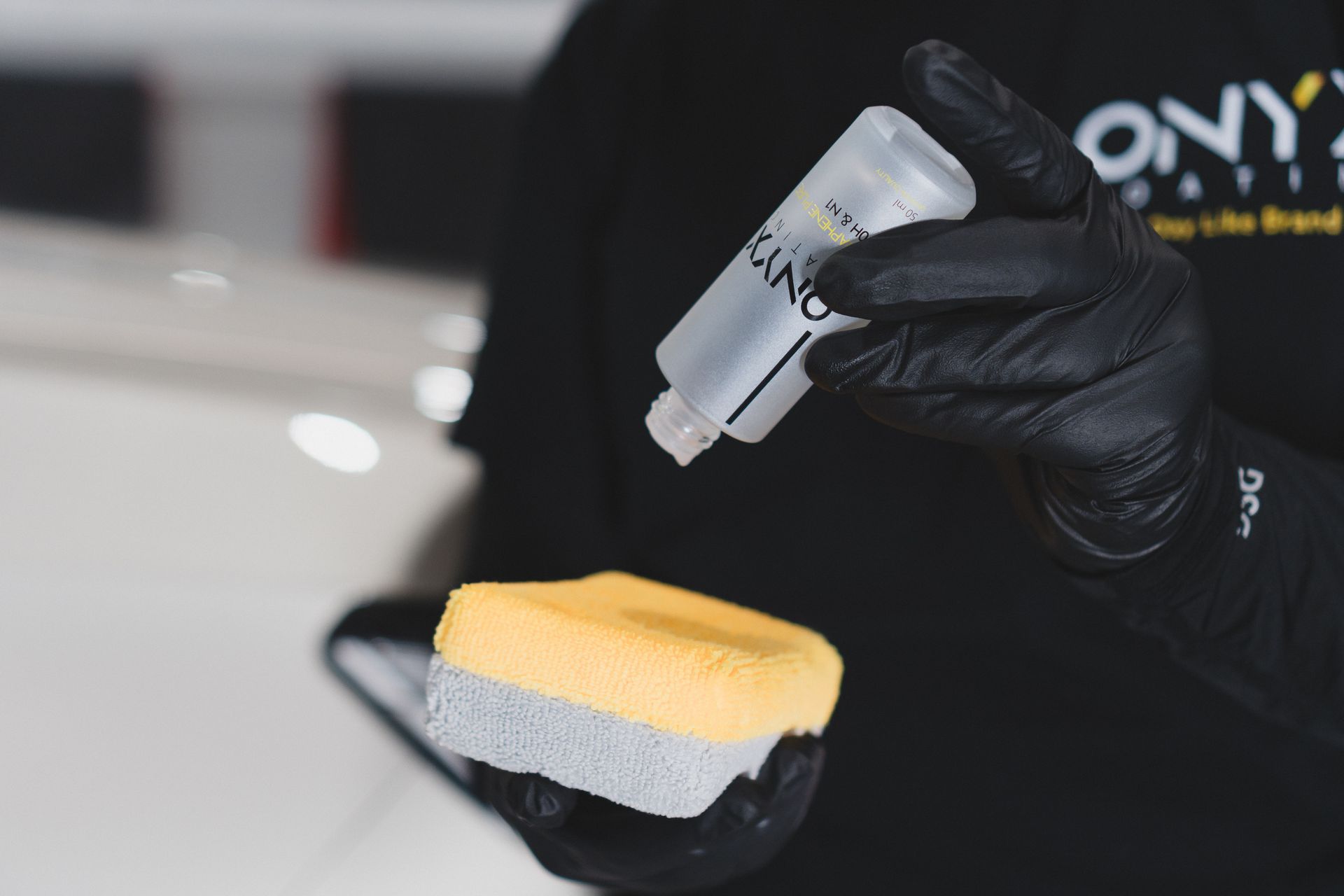
Auto Appearance Pros
At 14/69 Super Center, we have been dedicated to enhancing and detailing vehicles since 1999. Our team in the greater Fort Wayne area is known for their passion and commitment, earning the trust of our loyal customer base. We offer a wide range of top-of-the-line services, including high-end ceramic coatings and PPF packages, window tinting, comprehensive detailing, truck bedliner installation, Corvette-specific services, paintless dent repair, and calibration services. When you choose us to improve your ride, we leave no stone unturned in providing exceptional results. Trust us to make your vehicle stand out in every way possible.
Quick Links
Our Location
Contact Us
PHONE: (260) 436-9274
EMAIL:
dechenoz@kelleyauto.com
Designed by the team at Detailers Roadmap, a platform developed for detailing operators across the globe.
All Rights Reserved | 8bitcreative, LLC | 14/69 Super Center
